
2015 was a tough year for vegetation, both natural and agricultural, with a near-record area of global land surfaces in some state of drought.
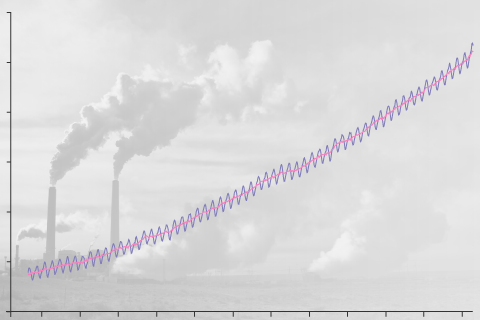
Using measurements taken worldwide, scientists estimated that 2015’s global average carbon dioxide concentration was 399.4 parts per million (ppm), a new record high. At Mauna Loa Observatory in Hawai’i, where atmospheric carbon dioxide has been recorded longer than anywhere else in the world, the annual average carbon dioxide concentration was 400.8—also a new record, and a new milestone.
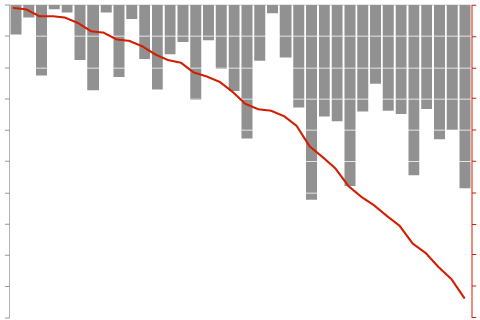
In 2015, glaciers across the globe, on average, continued to shrink for the 36th consecutive year.

Ocean heat storage has increased substantially since 1993, hitting a record high in 2015, according to the State of the Climate in 2015 report. Ocean warming accounts for over 90% of the warming in Earth’s climate system.
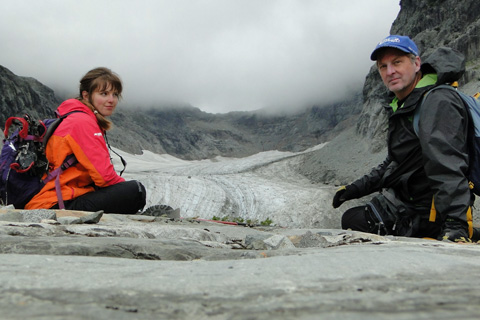
The author of the glacier chapter of the 2015 State of the Climate report and his daughter talk about how family connections brought them together scientifically, and how science keeps bringing their family together.
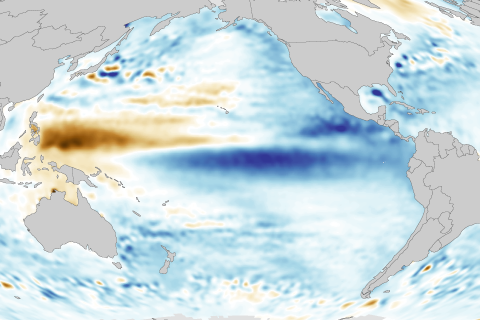
The global mean sea level in 2015 was approximately 7 centimeters (2.7 inches) above the 1993 average, making it the highest observed since the satellite altimeter record began in 1993. Regional variations highlighted the short-term influence of climate phenomena like the Pacific Decadal Oscillation and the largest El Niño event since 1997/98.
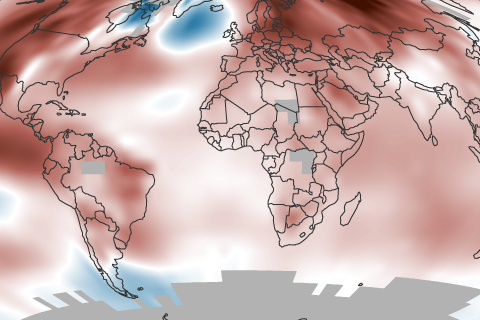
Long-term warming and a strong El Niño contributed to the highest annual combined temperature for ocean and land since reliable records began in the mid-to-late 1800s.
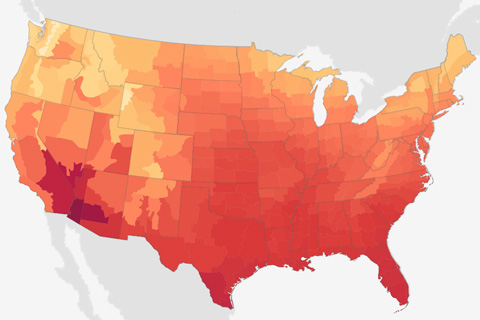
Record-setting warmth enveloped the contiguous United States in June 2016.
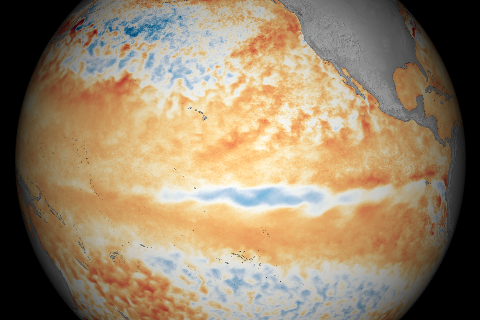
With El Niño in the rearview mirror, the central tropical Pacific continued to cool in June 2016.
